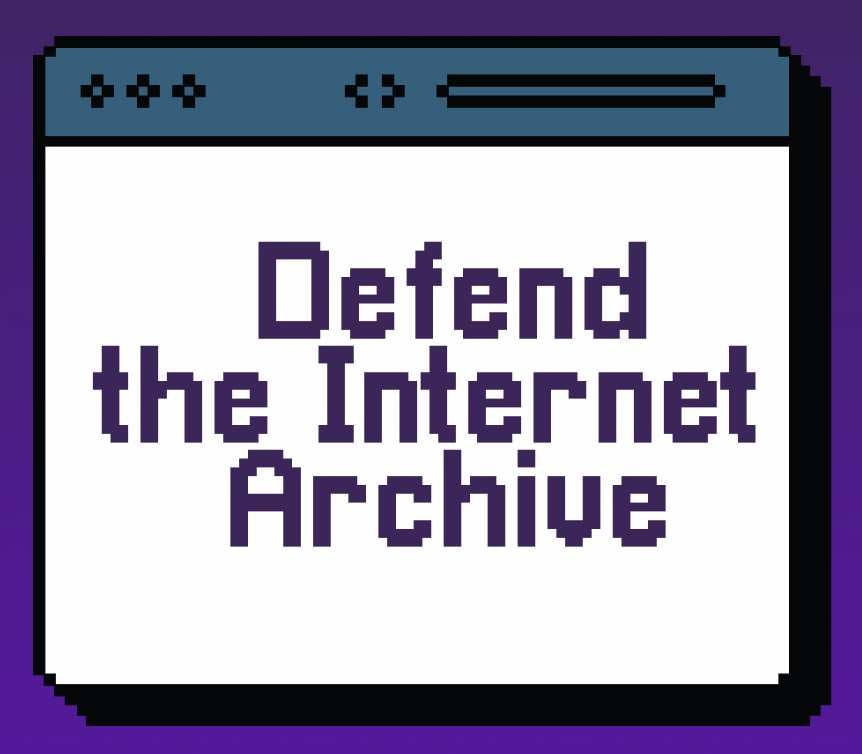more questions about the MacBook Pro, Core i5, 2.8 GHz (I5-4308U), model A1502 (EMC 2875), a model where I cannot disconnect the battery, because the whole case is closed, a model Im going to use to experiment with mac and create a partition to install a linux distro alongside the mac os.
My favorite notebook is a one that lets me take the battery off if I don’t need it. This way I’ve been able to need just one battery in the last 8 years. Regarding the mac, I’m going to need a new battery (it lasts 5 hours the most) and don’t want to waste charging cycles.
My question is twofold:
-
Is there any linux program that lets me manage the battery so I can choose to rely solely on outlet power, even if I cannot physically remove the battery?
-
the same question for mac.
Thanks for sharing. Now I know why my battery never charges over 80% unless I force it
For devices where the kernel directly supports controlling the charging limits, you may be able to do that with the controls in
/sys/class/power_supply/{probably BAT0}/. Specifically you should be looking for thecharge_start_thresholdandcharge_stop_thresholdfiles, but I remember as if sometimes there would be some variance in the names.
If you have kernel support, you should be able to use TLP to make better use of this functionality, and in theory KDE’s xbattery and brightness" widget should also show controls related to it, but I couldn’t see it in action myself.For devices that use the EC (Embedded Controller) of chromebooks (I think such are the Framework laptops too) you can use the
ectoolcommand utility made for those. Framework makes available a precompiled version, that should work for chromebooks too when running Linux.
Possibly it still depends on your specific device whether it will work, but theectool chargecontrol idlecommand should make it stop using the battery while it is plugged in to a sufficiently powerful charger, andectool chargecontrol normalshould be able to restore it.
I recommend checking out the other commands of both the ectool command and the chargecontrol subcommand if you see anything interesting (though do be cautios!), for instance with chargecontrol you can also set an interval of a charging boundaries, or read the current state.
It’s worth to note though that I remember reading somewhere (maybe in the chrome ec docs?) that this does not work with all chargers, but it should be ok with the original one you got with the device.For anyone else commenting about taking our the battery, that is not really the solution. The goal here is not to do this temporarily once in a blue moon, but to do this regularly, at home, at work, everywhere we charge, to try to save the battery condition.
Fortunately this is an existing thing… just not on all laptops.
You are not wasting charge cycles by leaving the battery plugged in. it is not being held at optimal charge for storage but it will last a lot longer plugged in.
It would be the worlds stupidest engineer that would design a power circuit attached to a potential class d fire hazard that had access from anything other that possibly contact pads on the controller itself. If i were a bad actor and the os has a way to access the charging circuit i would firebomb your house by telling the controller the battery is empty and have it over charge. This would be bad.
Note: I see that apple may have done the dumb and i am facepalming
There are a number of commands an operating system can safely give to the charge controller. Examples include:
- Run the device from external power; do not charge the battery
- Limit/taper charge to X percent/voltage (assuming X is under the maximum)
- Limit the charge rate to (something under the maximum)
Lower-level control could potentially allow extremely dangerous operations like unbalancing the cells or overcharging the battery, which would be bad.
Check this out
The bottom is quite easy to take off, just some screws around the perimeter and you’re in. You can unplug the battery pretty easily but it’s harder to remove as it’s glued down. Also I’m pretty sure MacBooks severely underclock the processor if there’s no battery so your performance may suffer. Been through the same thing with my 2013 MacBook Pro. It’s a Linux mint server now.
I’m not 100% sure but which power source you are using, and whether or not the battery seems more like a BIOS or SMC thing, so I’m not sure if even Linux would be able to access it. I could also be totally wrong
If you use Gnome, this is what I use: https://maniacx.github.io/Battery-Health-Charging/ You find it also in the extensions. It is really great.
The usual way is to disconnect the battery, hold the power button down and plug the adapter in before you release it. On the older ones the fans spin up really loud.
That battery isn’t going to get you a bunch of charging cycles, but especially for something made in the last decade, lithium ion batteries will do fine when you leave em plugged in. The computers charge controller is pretty decent and won’t let you overcharge or otherwise damage the battery.
The case may be closed but you could open it and disconnect the battery. That model is a pain to replace the battery but easy to open and disconnect. Not sure if this would cause any issues if plugged in or if the machine would boot.
I think
tlp-uican do this, but only on specific devices. IIRC, you set the charging thresholds in such a way that the battery will not charge. For example, configure to prevent charging until below 40% and as long as the battery is above that threshold, no charging should take place.However, this likely means that as soon as your device goes to sleep or powers off, the battery begins charging again.
I would assume that’s something in the bios settings if it exists. But I could be wrong.
Maybe this: https://forums.linuxmint.com/viewtopic.php?t=371122





